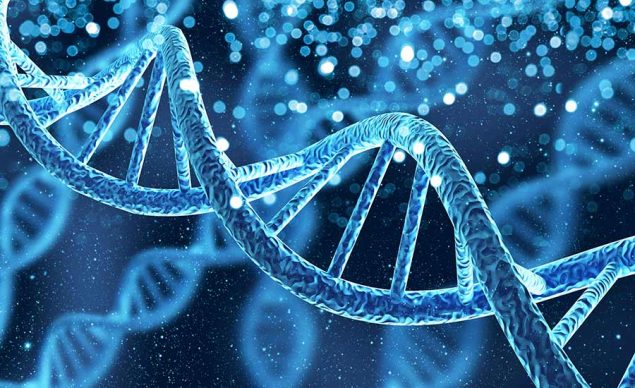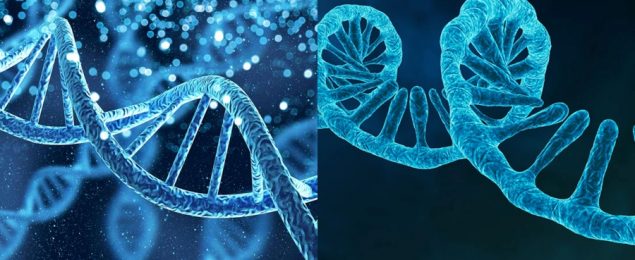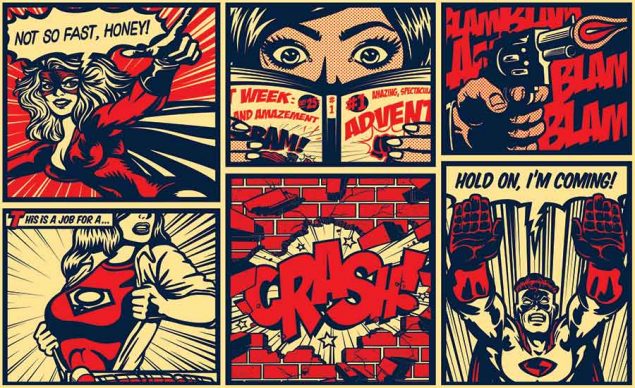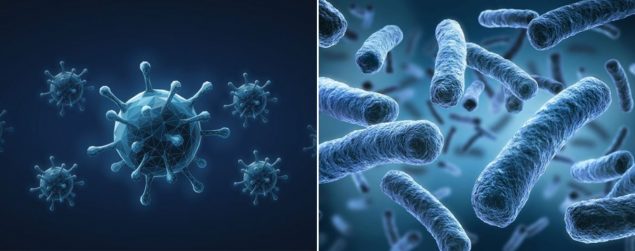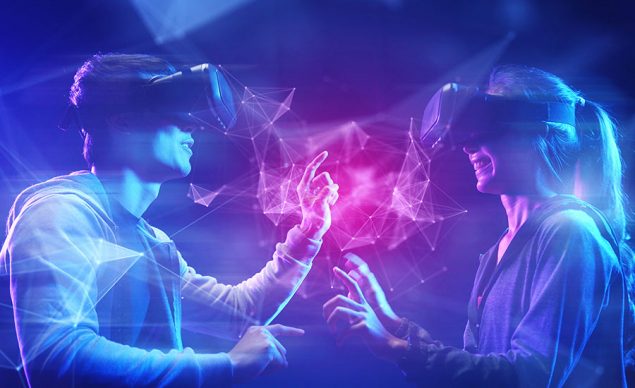Related Resources
Did you know that human bodies contain from 20,000 to 25,000 genes?
This numbered army of hereditary elements carries information that determines your health, height, eye color and many other traits about your body.
In this post, we will introduce you to genetics fundamentals and tell you all you should know about genes.
What even are genes? And what is a gene mutation? How do genes mutate anyway? Should gene mutations concern you?
Let’s start our journey into the exciting world of genetics!
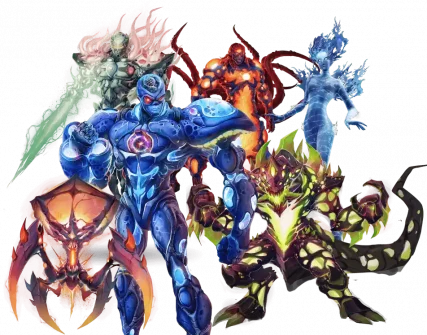
What Is A Gene?
Do you remember your science teacher explaining genetics and telling you what DNA is?
If you’re having a hard time recalling those classes — don’t worry! We’re going to take you back to the start so you can better understand how gene mutations work.
So, what even is a gene? What does it consist of? And why is it so important?
Think of a gene as a building block of heredity. All traits you inherited from your parents and other ancestors were passed on through generations thanks to genes.
But how?
Well, it’s all thanks to DNA — the deoxyribonucleic acid. If you read our post on the cell nucleus, you may remember that’s where the majority of our DNA is stored. Another small part of it is packed in mitochondria — the organelle that powers our cells with energy.
Our DNA represents the genetic information that our parents passed on to us. It consists of nucleotides, i.e., the tiny molecules that contain four types of chemical bases, including:
- Adenine (A)
- Guanine (G)
- Cytosine (C)
- Thymine (T)
Nucleotides must form polynucleotide chains to build the recognizable double helix, i.e., the double-stranded DNA. Adenine needs to interlink with thymine, while guanine has to bind with cytosine for that to happen.
The order of the four chemical bases determines the instructions the strand of DNA contains. To translate those instructions into something our cells can use, the DNA needs to produce proteins.
Proteins are molecules that fuel cells and keep them performing a myriad of tasks. For instance, proteins power your muscles, make your hair and fingernails, etc.
The DNA sequence that packs instructions on creating proteins is called a gene!
Genes make up only about 1-2% of the DNA. But their role in our body is indispensable!
The rest of the DNA contains information that determines how many proteins are produced and when.
Why Are Genes Important?
One of the principal roles of our genes is to create proteins.
You see, our body needs ribonucleic acid, a.k.a., RNA, to translate DNA sequences into proteins.
RNA is like a cousin to DNA that consists of just one strand of chemical bases. It’s stored in the nucleus, just like DNA.
When the time comes to turn genes into proteins, mRNA — messenger RNA, abandons the nucleus and travels to cytoplasm — the gel-like mass in eukaryotic cells that contains all organelles, including the nucleus.
mRNA meets up with ribosomes in the cytoplasm and attaches itself to them. Then, it tells them all it knows about protein synthesis using codons, i.e., strings of 3 nucleotides, with each nucleotide corresponding to an amino acid. Ribosomes can read codons and understand the exact order they must connect amino acids to create a specific protein!
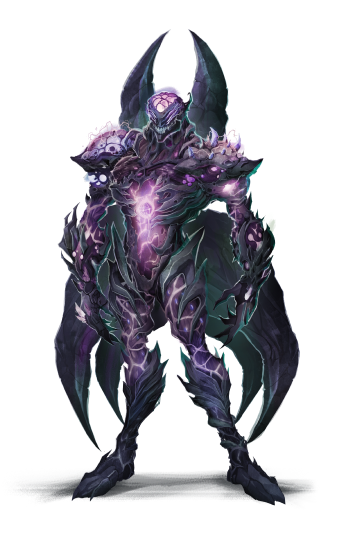
What Is A Gene Mutation?
In short, a gene mutation is a change that affects one or more genes. It is an alteration within the DNA sequence that can impact its host in many ways.
Gene mutations are permanent. Once they occur, the genetic information a gene carries changes for good.
In humans, mutations affect DNA only. In viruses, mutations can strike either their DNA or RNA, depending on viruses’ genomes. Remember, viruses are protein-coated bundles of either DNA or RNA-based genetic code!
What Types Of Gene Mutations Exist?
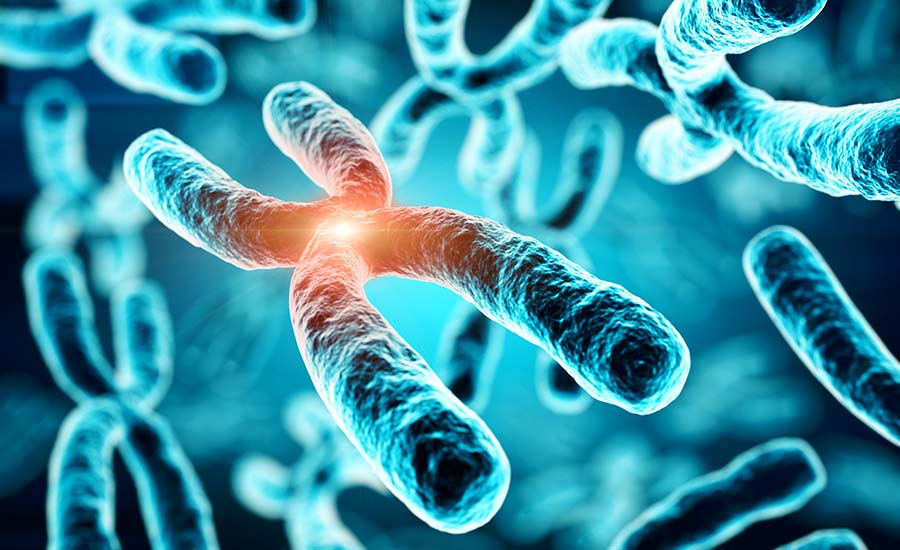
A gene mutation occurs when a fault in a DNA sequence and the order of the four bases occurs.
But why do gene mutations happen?
Like you sometimes misspell a word, sometimes misspellings happen within the human genome.
Gene mutations can be:
- Inherited: Parents pass on hereditary mutations to their children. Inherited mutations are stored in parents’ egg and/or sperm cells, a.k.a., the germ cells, which is why we call these alterations germline mutations. Inherited mutations stay present in every cell of the offspring’s body during their lifetime.
- Non-inherited: These gene variants can strike certain somatic cells in the human body — somatic cell is any cells but sperm and egg cells. That’s why this type of gene mutation is also known as somatic mutation. Non-inherited mutations appear during a person’s life and can’t be passed on to future generations.
However, not everything is that black and white in genetics.
Scientists noticed gene variants in egg or sperm cells in some cases but not in a child. Other times, gene mutations were present in a child right after the egg and sperm cells united but not in the reproductive cells individually. These mutations are known as de novo variants, and they aren’t very common.
Depending on the way human genetic material is changed, we can talk about three types of gene mutations:
- Base Substitutions, a.k.a., Point Mutations: This is the most common type of gene mutation. It affects only one DNA nucleotide.
- Chromosomal Mutation: Chromosomes are neatly packed bundles of DNA located in the nucleus. Our cells have 23 pairs of chromosomes in total. When chromosomal alterations happen, segments of chromosomes are:
- Deleted
- Duplicated
- Inverted, where a part of the chromosome is flipped and then inserted back into the chromosome
- Translocated from one chromosome to another
- Rearranged
Copy Number Variation is a chromosomal mutation that ensues after an entire chromosome area is deleted or duplicated. Chromosomal mutations are very serious and, sadly, they often cause death.
- Frameshift Mutations: When one or more nucleotides are deleted from or inserted in a DNA sequence, frameshift mutations ensue. As a consequence of a frameshift mutation, proteins change.
What Causes Gene Mutations?
Gene mutations can happen for a number of reasons:
- Environment: Ultraviolet (UV) light from the sun can cause mutations in skin cells. Moreover, ionizing radiation, X-rays and gamma rays from the sun can also cause changes in the DNA. Researchers found that radiation is powerful enough to cause mutation throughout the body and break the DNA’s double helix. Once our body starts to repair the double helix, there is a risk of mutations.
- Chemicals: Free radicals are molecules that contain oxygen. They naturally form during cellular metabolism. Free radicals have an uneven number of electrons, which allows them to interact with other molecules in our bodies easily. However, because of their ability to react with other molecules, free radicals can cause large chemical reactions in our bodies.
Antioxidants keep free radicals in check and neutralize them to prevent them from causing damage and inflammation in our bodies. But if the number of free radicals grows and outweighs the number of antioxidants, there is a risk of DNA and protein alterations.
Cigarette smoking, eating processed meats and the overconsumption of carbohydrates and sugars is likely to generate an excessive number of free radicals in the body, putting the host at risk of gene mutations and health issues, such as various types of cancer.
- DNA Replication: During replication, a DNA molecule copies itself and generates two identical DNA molecules that contain the same genetic material as the parent cell. This process is called meiosis and it’s important because it enables the reproduction of organisms, tissue growth and tissue damage repair. If it weren’t possible for our bodies to copy the DNA, organisms wouldn’t have a way of passing on their genetic information and life would cease.
But sometimes, DNA replication doesn’t go as smoothly as it should. As a result, nucleotides sometimes end up mispaired. Our cells are smart enough though to fix some of those mispairings. During proofreading, our cells can identify errors, while the mismatch repair process happens when our cells start correcting the replication errors.
The errors that remain and are replicated during the next cell division become mutations. That’s because the human body no longer identifies those mispairings as errors. Instead, it sees them as standard DNA templates that should replicate to enable cell growth.
Gene Mutations And Cancer — Is There A Link?
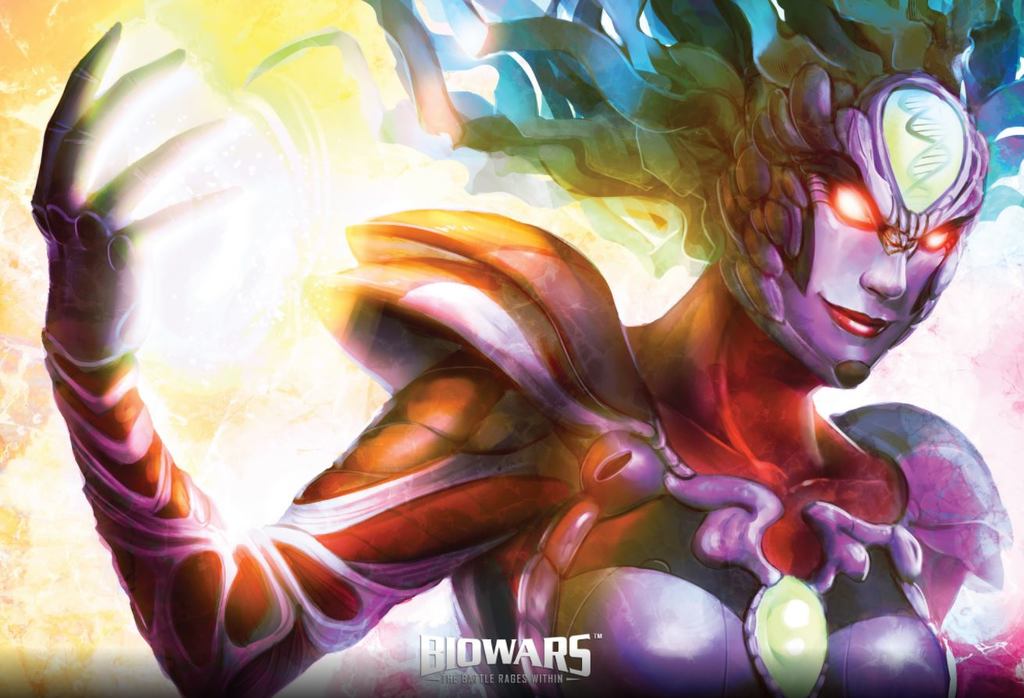
Unfortunately, gene alterations can cause many disorders in humans, such as color-blindness and serious diseases such as cancer.
When the mutated DNA replicates and is passed on to the offspring, the inherited mutation can build up through further cell replication, resulting in cancer. As a result, the inherited types of cancers usually appear earlier in life, albeit not exclusively.
For instance, in women, the inherited mutation in the BRCA1 and BRCA2 genes is the most common cause of breast cancer. This type of cancer usually doesn’t develop until later in life. Most women with a breast cancer diagnosis are 50 years old and older. In healthy cells, BRCA 1 and BRCA 2 genes produce proteins that fix damaged DNA. But when they mutate, they can cause cells to grow abnormally, leading to cancer.
Many types of cancer develop due to a gene mutation acquired during life. If a person is exposed to some of the dangerous environmental factors, such as radiation, their otherwise healthy genes might mutate at some point, making the host sick with cancer.
However, it’s impossible to say why a person got cancer in some cases. While the disease itself is a direct consequence of damages within the DNA, sometimes gene mutations develop for no apparent reason.
Luckily, our fascinating bodies have ways to put up a fight and try to prevent cancerous cells from spreading. Our Natural Killer Cells constantly patrol our organisms, looking for signs of trouble. As soon as they spot sick or cancerous cells, they annihilate them with cytotoxic blasts to stop their growth.
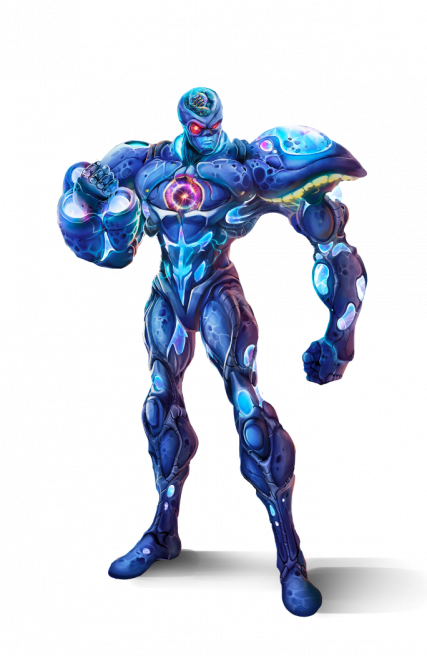
Key Takeaways On Gene Mutation
Gene mutations inevitably happen in the DNA of every human being. They are also common in the animal kingdom. Even viruses experience them!
In most cases, they cause no damage to the host because the fascinating defense mechanisms in our bodies keep us safe and protected.
First, our cells have the ability to fix themselves and correct gene alterations. If that fails, the second line of defense is the activation of tumor suppressor genes that cause death in cells with mutated genes. This process is called apoptosis.
Sadly, sometimes mutated genes continue to proliferate, and defective cells build up. In such cases, a person is likely to fall ill and develop cancer. But even if that happens, the fascinating human body will employ the Natural Killer Cells to kill off the intruders and keep a person safe.

